Next week, due to hot weather and low water levels in lakes, EVN is expected to still have to cut power in the North, but the impact may be less.
According to weather forecasts, the temperature in the North will increase again from June 18 and will remain at 36-37 degrees Celsius for nearly a week. Meanwhile, water levels in hydroelectric reservoirs have improved, but remain low and there is no information about flooding in the lakes in the North.
In a report to the Government on June 16, EVN said that it still had to reduce electricity demand until water was available in the reservoirs. The expected cut in the North next week is 2,000-2,500 MW. However, this is about 20-30% lower than the average cut in capacity in early June and half the cut of the peak day of 5,000 MW (equivalent to the entire capital Hanoi being affected).
Since late May, the North has been experiencing power shortages due to soaring demand during the hot season. Hydropower, one of the two main sources of supply for the North, has seen reduced mobilization due to drought.
EVN said that power cuts in the North gradually decreased from June 6 to June 15 compared to the beginning of the month, thanks to improved hydrological conditions and widespread rain in the northern river basins. The cool weather reduced electricity demand, with the average power cut in the North last week being about 1,825 MW, equivalent to nearly 8% of electricity output not meeting demand.
Hanoi alone did not experience power outages for 3 days (June 13-15). The remaining areas in the North also gradually reduced power outages until June 15, with an average capacity reduction of 1,319 MW, accounting for about 6% of the capacity used.
However, electricity demand increased again from June 16-17. According to data updated this morning by EVN and the National Power System Control Center (A0), the national demand on June 16 was more than 861 million kWh, of which nearly half was in the North. The proportion of electricity consumption in the Central region was 8% (69.2 million kWh) and 44% in the South, approximately 378 million kWh.
The country's peak capacity yesterday was 41,569 MW, of which the North accounted for nearly 47% (19,367 MW).
Data from the Electricity Regulatory Authority (Ministry of Industry and Trade) shows that on June 16, all major lakes were above the dead water level, but not much. If operating at maximum power generation, it can only be maintained for 2-4 days. Currently, the lakes are storing more water to ensure power generation for the upcoming hot days. Currently, the water level at Lai Chau Lake is 277 m; Son La is 178.1 m; Hoa Binh Lake is 102.7 m. Tuyen Quang is 94.8 m and Ban Chat is 436.3 m.
Coal-fired thermal power plants still have problems, with affected capacity ranging from 600 to 2,100 MW.
EVN said that in the coming days, it will continue to closely monitor hydrological developments at hydropower plants and make adjustments as soon as there are changes to "ensure the lowest capacity cut."
Regarding coal supply for electricity production , EVN said that fuel for coal-fired thermal power plants nationwide has been ensured. Coal inventory at most plants is at a level of more than one week of operation. Some plants ensure coal production for about a month such as Pha Lai 2, Nghi Son 1, Vung Ang and some plants have enough coal for 2 months or more such as Fomosa Ha Tinh , Nghi Son 2, Pha Lai 1. Therefore, the southern oil-fired plants have stopped and do not need to be mobilized.
However, according to the forecast of the National Center for Hydro-Meteorological Forecasting, on June 17-18, the North will be hot, with some places experiencing severe heat with the highest temperature commonly ranging from 35-37 degrees Celsius, with some places over 37 degrees Celsius. From Thanh Hoa to Phu Yen, the highest temperature commonly ranges from 36-38 degrees Celsius, with some places over 39 degrees Celsius.
The hot weather over the weekend will increase electricity demand. Experts recommend that people and businesses save electricity to avoid putting pressure on the national power system, especially in the North.
Source link










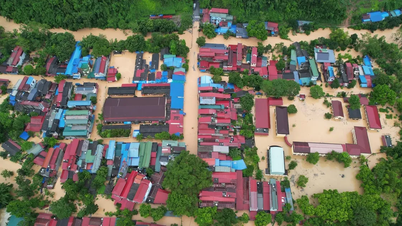




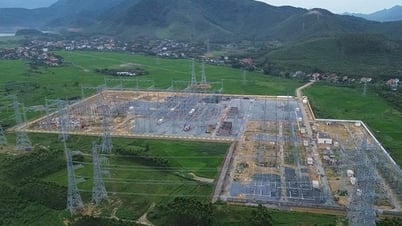
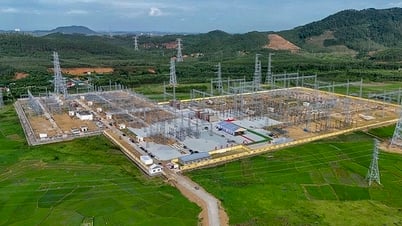








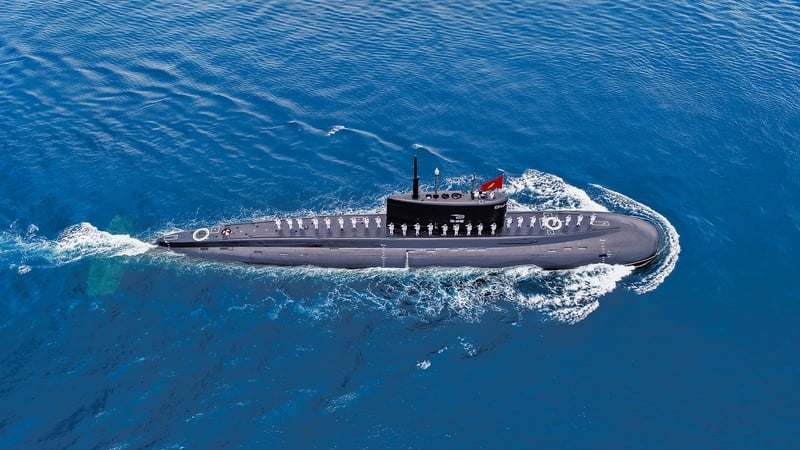


































![[VIDEO] Petrovietnam – 50 Years of Keeping the Heritage Torch, Building National Energy](https://vphoto.vietnam.vn/thumb/402x226/vietnam/resource/IMAGE/2025/9/3/3f5df73a4d394f2484f016fda7725e10)
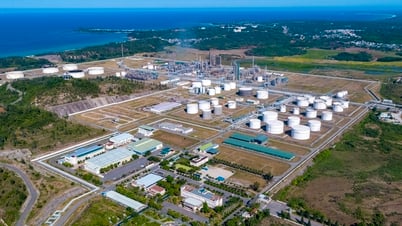
![[Photo] President Luong Cuong meets with Russian President Vladimir Putin](https://vphoto.vietnam.vn/thumb/402x226/vietnam/resource/IMAGE/2025/9/3/87982dff3a724aa880eeca77d17eff7f)
























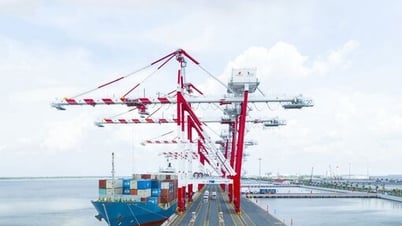











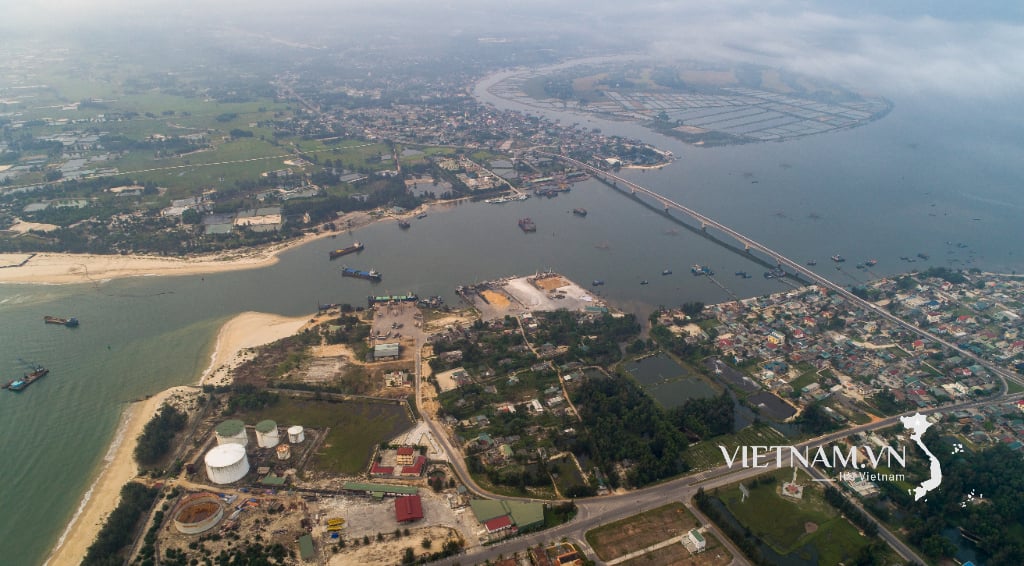

Comment (0)